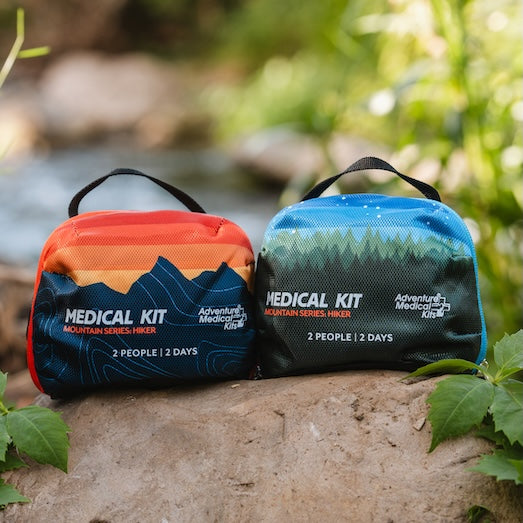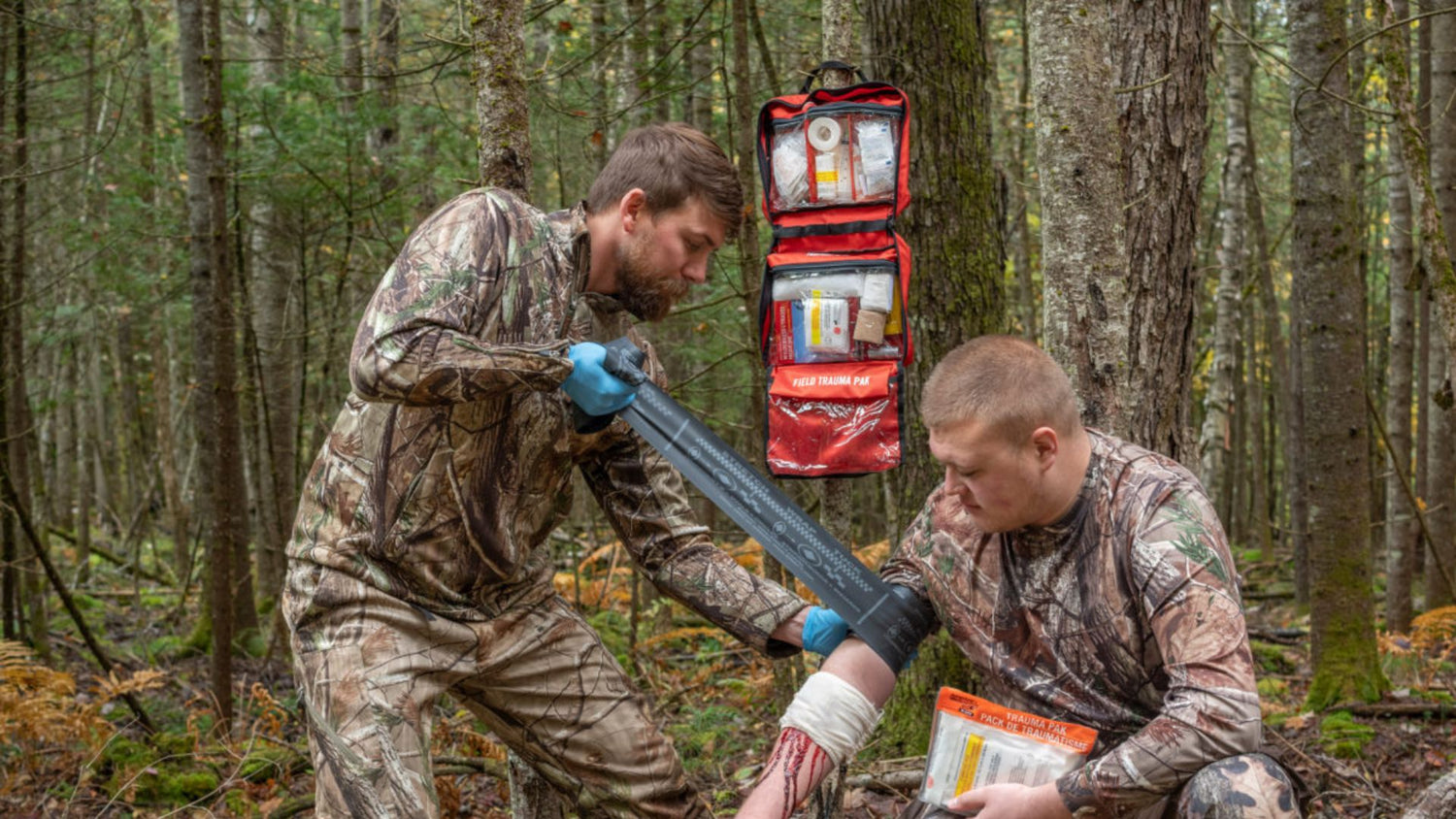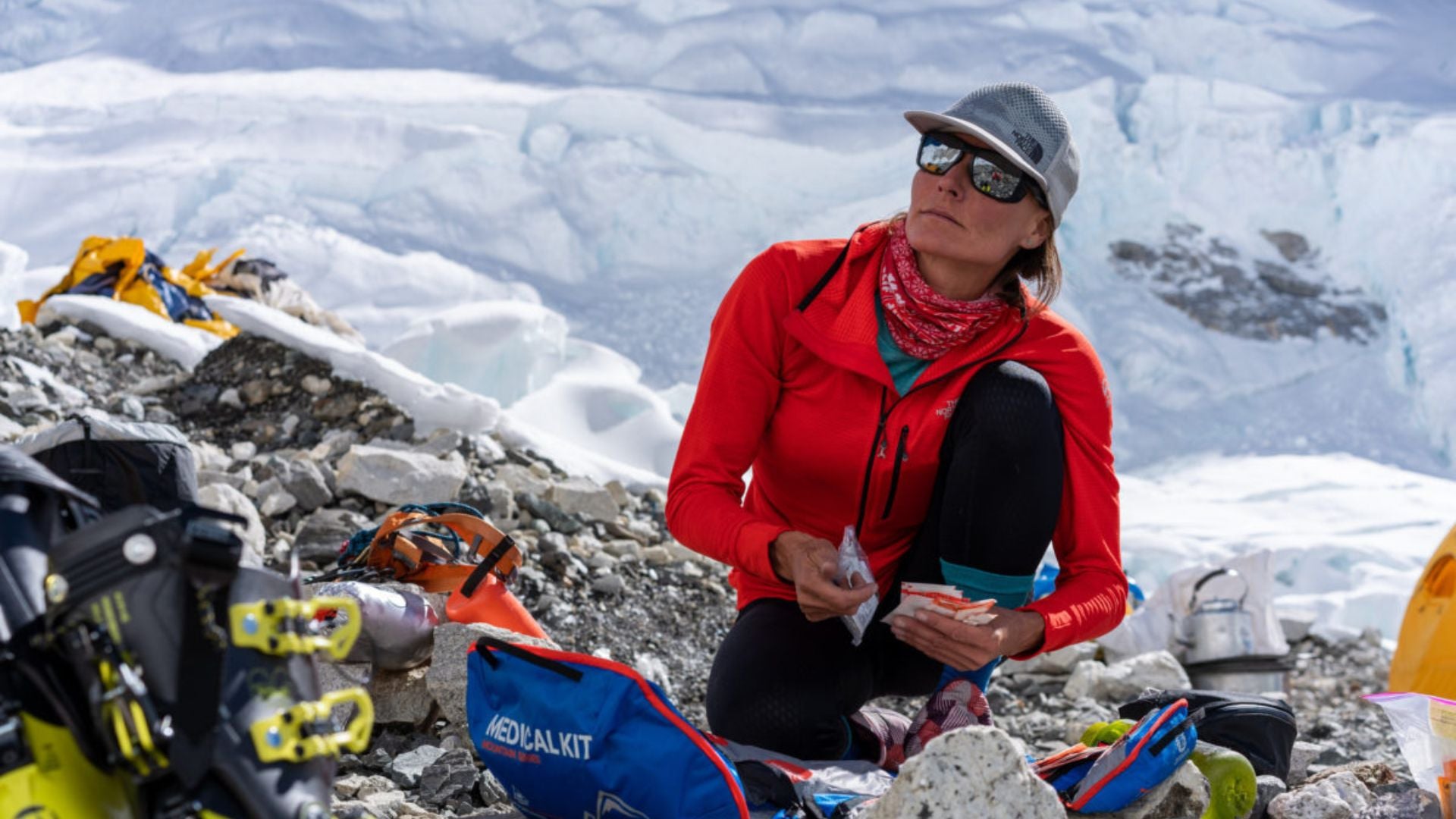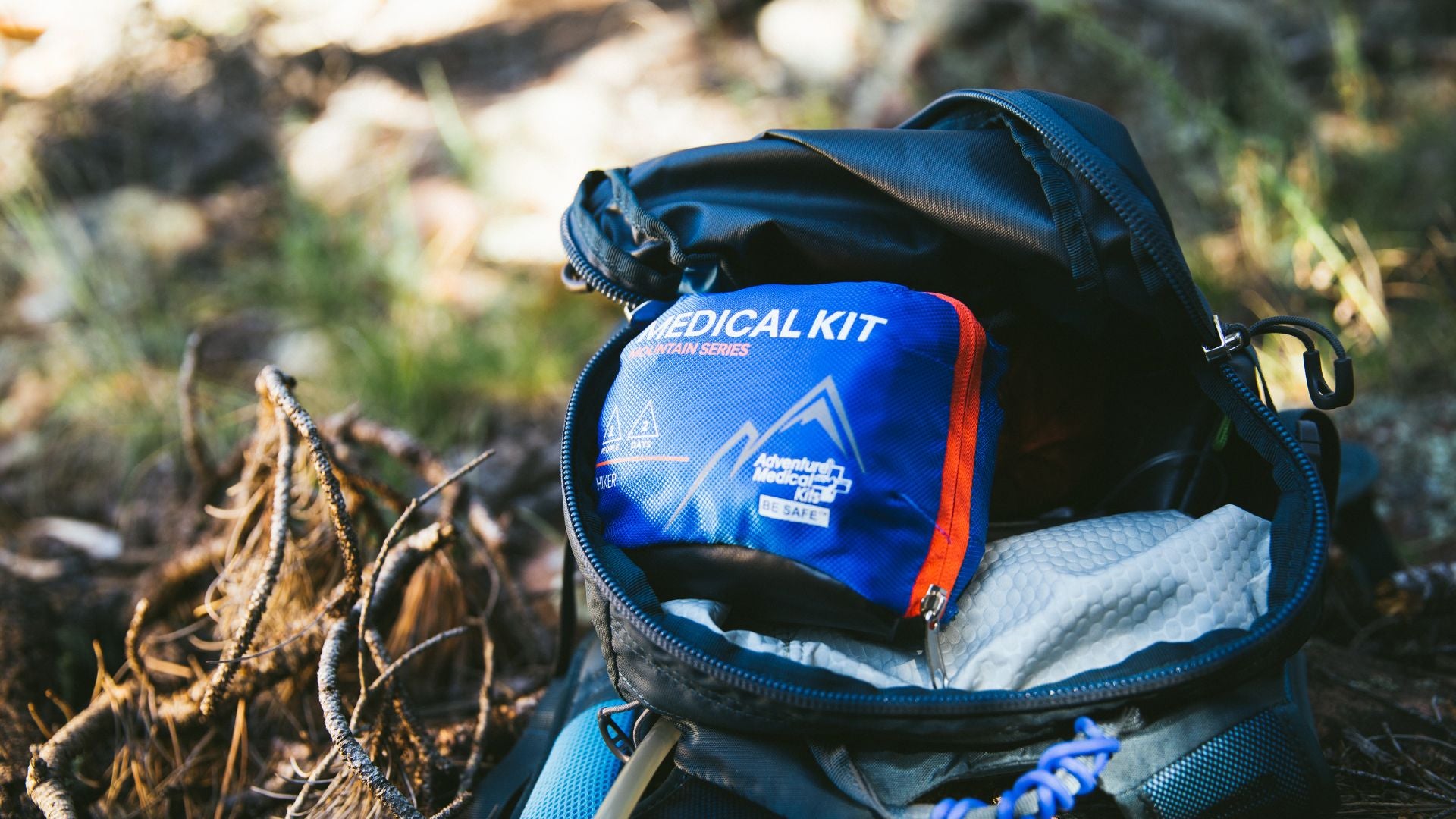My interest in deer hunting safety arose when a close friend of mine got injured in his arm last year during a hunting trip when he was checking to see if a deer he had shot was alive or not. The deer was alive and suddenly got up and sprinted, injuring him on the way. My friend needed emergency medical treatment, but luckily our group was prepared with a first aid kit and training, so we all knew how best to help him before we got him to a hospital. Fortunately, he has no lasting effects from his injury.
After this, we wanted to better educate ourselves on deer hunting safety to reduce the chance of anymore hunting accidents. I wrote this article to help pass on what I’ve learned to others so that they can avoid injuries too.
False Assumptions
When dealing with firearms and wild animals in the woods, it’s easy to make assumptions about what the most common type of injury is for deer hunters, but the answer may surprise you.
The leading cause of hunting-related injuries in the United States is falling from elevated tree stands. Both the Minnesota Department of Natural Resources and the International Hunter Education Association (IHEA) have found that one in three people who use elevated tree stands when hunting will fall and become injured. Additionally, there’s the more obvious risk of an accidental firearm injury or fatality.
The good news is that there are plenty of things hunters can do to reduce their risk of getting injured, as well as having a first aid kit and the training to help yourself or someone else in the event of an injury.
Elevated Tree Stands
There will always be a risk of falling from an elevated tree stand, but there are plenty of ways to reduce the chance and the potential severity of an injury.

Firstly, tree stands should be secured with a harness to the tree and then a harness to the hunter. Shockingly, the Tree Stand Manufacturer’s Association reports that 82% of hunters who have fallen from tree stands weren’t wearing a full-body harness. Not only is there a risk of injury, but there’s also the potential for death.
82% of hunters who have fallen from tree stands weren’t wearing a full-body harness.
Some hunters climb up to 25 feet and then can have a bow and arrow or loaded firearm in their hands, resulting in some nasty injuries if a fall occurs. There’s also the chance of hitting branches or landing in thick brush on the way down and falling onto the frozen ground (which would be similar to landing on concrete).
Secondly, hunters should inspect their equipment before each use to ensure it’s as it should be and should read the instructions that come with their tree stand to improve safety. Never climb with firearms either. Instead, use a haul rope once you’re properly positioned and harnessed in.
Firearms
Falls from elevated tree stands make up the most injuries and fatalities for hunters, but firearms also present a risk. The risk isn’t high, but it can be deadly or life-changing if it happens. In an average year, the IHEA reports that less than 1,000 people in America and Canada are accidentally shot by hunters and less than 75 of these are fatal. Most often, firearm fatalities are accidental and self-inflicted, such as during a fall, and the majority of other fatalities occur when someone in a hunting party accidentally shoots another.

While most fatalities involve hunters, it’s worth noting that sometimes non-hunters are killed or injured, so the sport does pose a certain amount of risk to an entire community, not just the hunters choosing to participate.
Improving Safety When Using Firearms
Deer hunting is one of the most popular forms of hunting where high-powered firearms are frequently used, which is even more reason to prioritize safety. Fatality numbers relating to firearms when hunting have already dropped over recent years, largely due to educational programs that are aimed at hunters becoming available in most states.
Most commonly, shotguns or rifles are used when hunting deer. Using a rifle scope can help to improve accuracy when shooting, but be sure that it’s properly mounted and shot from a stable rest. This immediately reduces the risk of accidentally shooting someone else, such as other hunters or members of the public who may be out on a walk.
Taking Additional Measures for Deer Hunting Safety
The Department of Natural Resources took to radio in 2017 to air 71 safety awareness spots on 82 different radio stations over the course of six weeks. Additionally, they also reached over 34,000 people via posts on Facebook about firearm safety. Hunters should seek out material like this, along with hunting safety videos online to improve their knowledge.
Wearing high-visibility strips on clothing, as is the law in some states, will improve visibility, leading to less accidents. For example, in Wisconsin, blaze orange became mandatory on deer hunter’s hats and torsos in 1980, which went hand-in-hand with a drop in accidents and fatalities. Prior to that, red hunting clothes were required from 1945-1980 during hunting seasons, but this didn’t have the same amount of visibility, nor impact.
Firearm safety when hunting can also be improved by using elevated tree stands, providing they’re used correctly, as they mean hunters are aiming downwards, so there’s less chance of bullets ricocheting, and visibility is improved.
Be Prepared for the Worst
You can take all the precautions in the world, educate yourself to improve hunting safety, and have years of experience, but sometimes accidents will still occur. Hunters should always be prepared for the worst-case scenario and one of the most obvious ways to do so is by carrying a well-equipped first aid kit.
First aid kits should include a pressure bandage and tourniquet for deep cuts, punctures, or gunshot wounds; gauze; and a survival blanket to reduce the risk of hypothermia or if the body goes into shock. Of course, smaller items like adhesive bandages, painkillers, antiseptic spray, and aspirin for potential heart attacks are a must too.
Hunters should also carry more water than they need in case they become stranded or have to wait for help. Not only is hydration essential, but water can also be used to clean a wound. A filter water bottle may be a good option when hunting near water, as it’s lighter to carry and can be refilled.
When hunting alone or in a small group, hunters should always let someone else know where they’re heading and what time they’re expected to return home, especially when hunting in an area with poor cell reception. Ultimately, knowledge is the best defense for hunters in an emergency situation.
